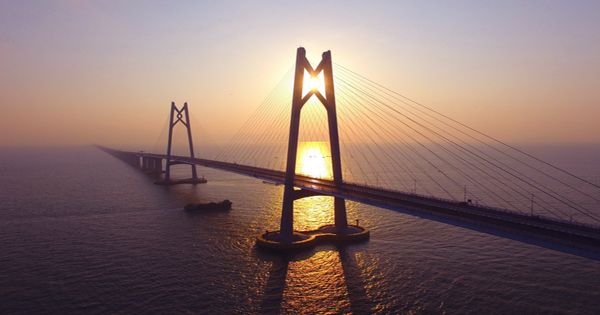Leonardo da Vinci has become synonymous with talent across many fields. We can now add a bridge designer to add to his comparative reputation as an artist, inventor, and scientist. Sadly, the description may not include the bridge-builder, since his masterpiece was never built, but new research proves that it would have worked, and probably survived as a wonder of the world.
Leonardo da Vinci submitted a solution to the engineering challenge, creating a design for spreading the horn in a single arch, which was sufficient to navigate the ships of the day. If the Sultan had approved of this idea, it would have been the longest bridge in the world at that time.
There is even a project to create versions around the world. Happily, a proposed design was rejected as “too modern”. Leonardo's plans were lost, but they rediscovered the engineer after rediscovery in 1952, and in 2001 a smaller version was made in Oslo using modern materials.
However, not everyone is convinced that the ambitious proposal was practical with the technology of the time. Leonardo’s invention was to replace the semicircular arches used to support the bridges with a single plane arch 280 meters (924 feet) long. “It’s incredibly ambitious,” Bust said in a statement. “It was about 10 times longer than the average bridge at the time.”
Karly Bast, a graduate student at the Massachusetts Institute of Technology, researched the work that Leonardo was given, the construction methods of the era, and even the geology of the site. Even assuming that Leonardo had not been able to invent a new method of collecting materials, given his record that he could do very well, Bust decided that the bridge could have done the job if it had been made of stone. Brick or wood, Leonardo’s other alternatives would not have been strong enough.
















